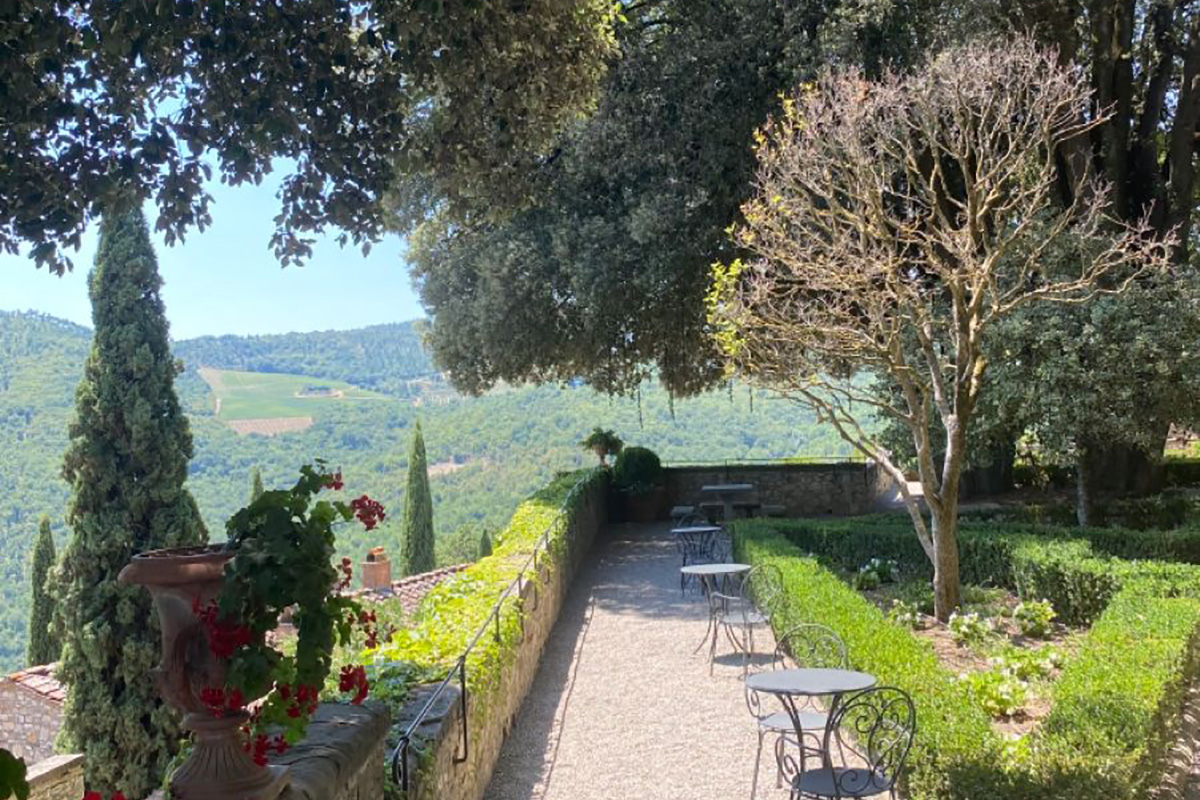Italy, renowned for its art, architecture, and culinary delights, also boasts a rich tradition of garden design that has captivated the world for centuries. Italian gardens are celebrated for their harmonious blend of nature, artistry, and meticulous planning, reflecting a deep appreciation for beauty and symmetry. Let's embark on a journey through the lush landscapes and historical influences that define Italian garden design.
The Essence of Italian Gardens: Artistry and Symmetry
Italian gardens are characterized by their formal layout, geometric shapes, and meticulous attention to detail. They often feature elements such as:
- Terraces and Parterres: Gardens are often structured in terraces or levels, creating a sense of grandeur and perspective. Parterres, or ornamental flower beds, are meticulously arranged in geometric patterns, often using boxwood hedges and colorful blooms.
- Fountains and Water Features: Water plays a central role in Italian garden design, symbolizing purity and life. Fountains, cascades, and reflecting pools are strategically placed to enhance the visual appeal and create soothing sounds.
- Statues and Sculptures: Classical sculptures and statues are integrated into the garden design, adding a sense of elegance and cultural richness. These artworks often depict mythological figures, adding a narrative element to the garden's aesthetic.
Historical Influence and Cultural Significance
The origins of Italian garden design can be traced back to ancient Roman villas and Renaissance palaces, where gardens served as extensions of the architectural masterpiece. Influenced by Roman ideals of order and symmetry, Renaissance gardens like those at Villa d'Este in Tivoli or Villa Medici in Florence became paradigms of beauty and inspiration for garden designers across Europe.
During the Renaissance period, renowned artists and architects such as Leonardo da Vinci and Andrea Palladio contributed to the evolution of garden design, blending principles of art, mathematics, and natural beauty into harmonious compositions.
Modern Interpretations and Global Influence
Today, Italian garden design continues to inspire landscape architects and garden enthusiasts worldwide. While traditional Italian gardens remain a symbol of elegance and craftsmanship, modern interpretations often blend traditional elements with contemporary sustainability practices and local flora.
Exploring Italian Landscapes: From Tuscany to the Amalfi Coast
Beyond formal gardens, Italy's natural landscapes offer a breathtaking backdrop for botanical diversity and scenic beauty. The rolling hills of Tuscany, adorned with vineyards and cypress trees, exemplify a rustic charm that has inspired painters and poets for centuries. The dramatic coastline of the Amalfi Coast, with its terraced gardens overlooking the Mediterranean Sea, showcases a blend of natural beauty and human ingenuity.
Preserving Italy's Garden Heritage
Efforts to preserve and maintain Italy's historic gardens have gained prominence in recent years, recognizing their cultural significance and contribution to global horticultural heritage. Organizations and garden enthusiasts work tirelessly to protect these treasures and promote sustainable practices that ensure their longevity for future generations to enjoy.
In conclusion, Italian gardens and landscapes epitomize a harmonious blend of art, nature, and cultural heritage. Whether exploring the geometric elegance of a Renaissance garden or the natural splendor of Italy's diverse regions, each visit offers a glimpse into centuries of creativity and craftsmanship. Embrace the allure of Italian garden design and let it inspire your own botanical adventures!


